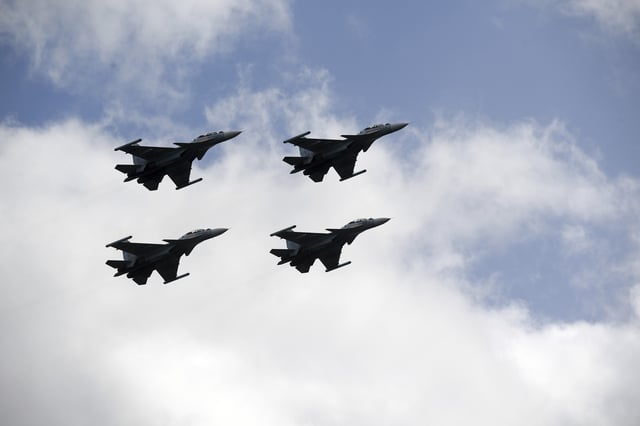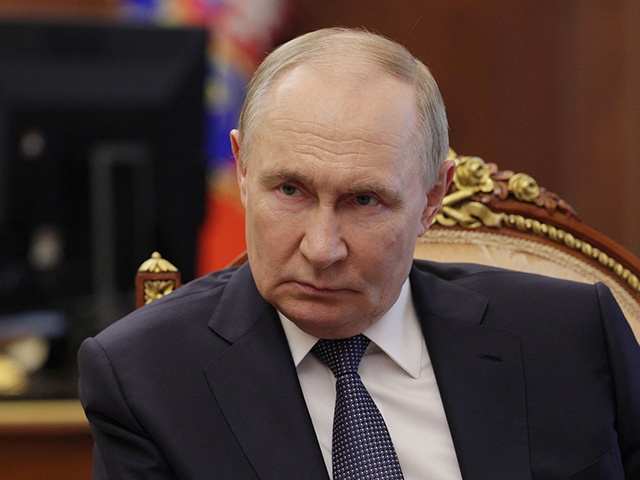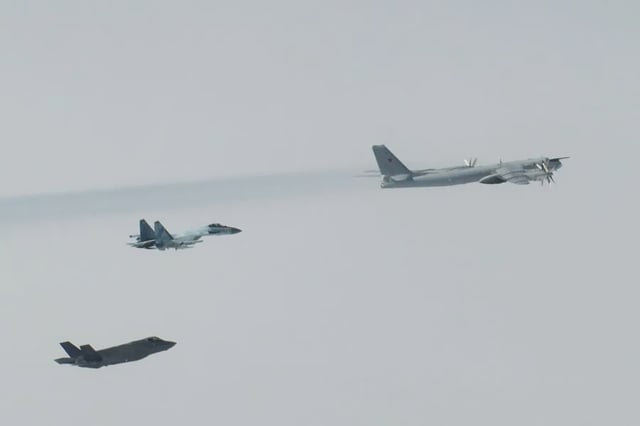Overview
- On July 22, NORAD tracked and U.S. fighters intercepted four Russian warplanes, including two Tu-95 bombers and two Su-35 fighters, in the Alaska ADIZ.
- The Russian aircraft did not enter U.S. or Canadian sovereign airspace and were escorted out of the identification zone without incident.
- NORAD deployed F-35s, F-16s, and support planes to positively identify, monitor, and escort the Russian flights under its layered defense network.
- U.S. officials describe the activity as routine and non-threatening, consistent with recurring Russian operations near Alaska’s air defense identification zone.
- The interception coincides with U.S. steps to strengthen Arctic security by forward-posturing F-16s to Greenland during broader tensions over Russia’s war in Ukraine.


